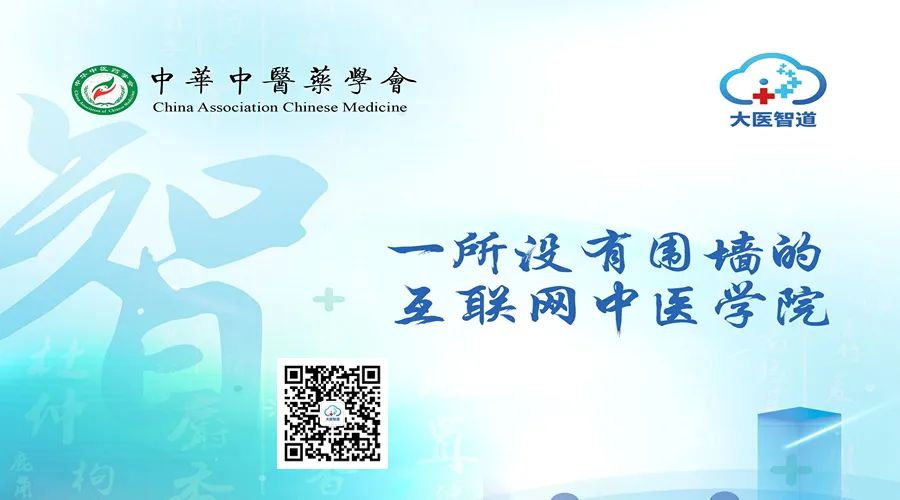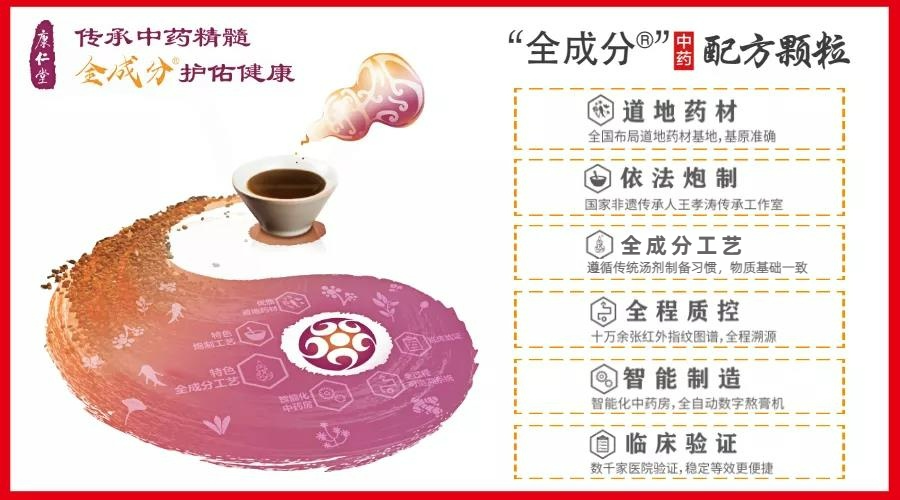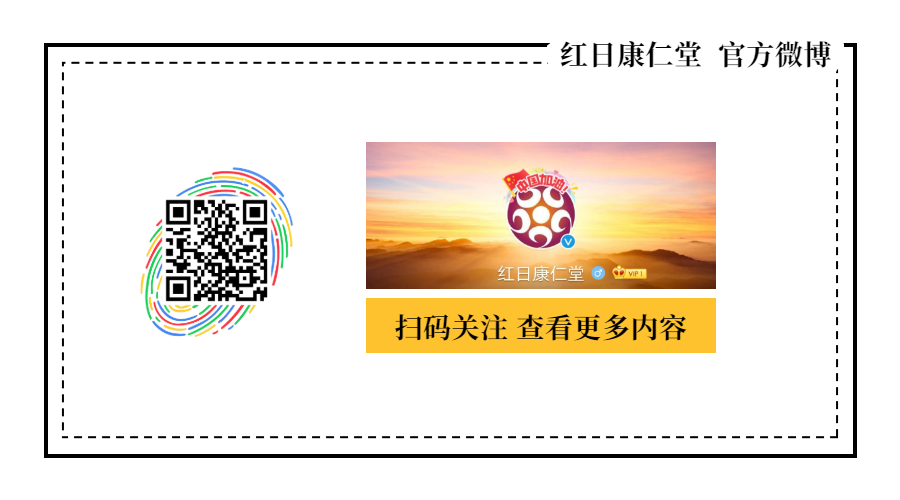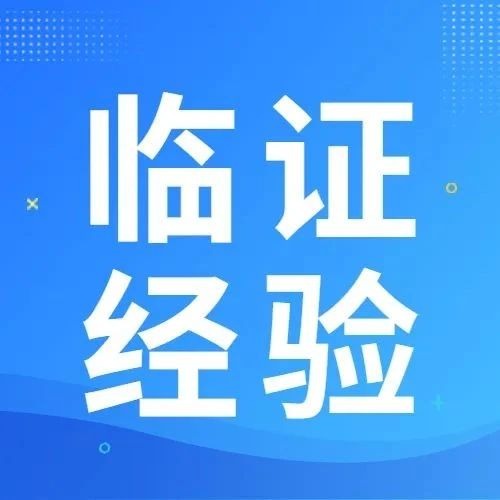Introduction: Zhang Zhongjing’s pulse diagnosis is not merely a theoretical overview, but is closely integrated with clinical practice.
Zhang Zhongjing’s pulse diagnosis, as he stated in his preface, is theoretically based on the “Nine Volumes of Suwen”; however, it differs from the pure theoretical summary of the “Suwen” by incorporating his clinical practice experience, organically integrating the changes in pulse patterns within the context of syndrome differentiation, and developing it through repeated clinical validation.
His works, “Shang Han Lun” and “Jin Kui Yao Lue” (hereinafter referred to as “Jin Kui”), title each disease with “Disease, Pulse, Syndrome, and Treatment”, closely linking diagnosis and treatment, thus becoming a model for future generations.
However, many later pulse studies have presented pulse patterns in an overly mystical manner, leading people into confusion, which is undesirable.
The author believes that to learn and study Zhang Zhongjing’s pulse diagnosis, one must deeply understand the content of its classic texts, distilling the essence from the coarse, discarding the false and retaining the true, and adopting the scientific viewpoints and methods of syndrome differentiation and treatment, which is the correct scientific attitude.
This article aims to roughly explore the relationship between the Xian pulse and pain syndromes, to clarify this for fellow practitioners.
1Analysis of Xian Pulse and Pain Syndromes in “Shang Han Lun” and “Jin Kui”In Zhang Zhongjing’s “Shang Han Lun” and “Jin Kui”, there are approximately 30 passages related to the Xian pulse and its associated diseases, pulses, and syndromes. Many of these passages are quite complex and even difficult to understand (some scholars believe that certain passages are not original texts by Zhongjing but were added by later pulse theorists—this remains to be verified).Here, we will discuss the relationship between the Xian pulse and pain syndromes.The relationship between the Xian pulse and pain syndromes can be summarized as follows:In “Shang Han Lun, Differentiating the Pulse and Syndrome of Tai Yang Disease”, Article 140 states: “In Tai Yang disease, if the pulse is Xian, there must be tightness in both flanks.”Regarding the general concept of Tai Yang disease: When external pathogens (which can refer to various external pathological stimuli) invade the body, the first to respond is the Tai Yang—Ying and Wei Qi, which rise to resist the pathogen, leading to symptoms such as chills and fever; this is the exterior syndrome known as Tai Yang disease.The material basis for the exterior syndrome is the righteous Qi, and the treatment method is to assist the righteous Qi in dispersing the pathogen; as the situation allows, when the pathogen is expelled, the righteous Qi can gradually recover.If purgative herbs are mistakenly used when there is no pathological accumulation in the intestines, the stimulation of the intestinal tract by bitter cold herbs (such as those in the Da Cheng Qi Decoction) will inevitably lead to increased intestinal motility, resulting in spasms, gas production, and a series of stimulating symptoms; at the same time, unjustly attacking the righteous Qi within will inevitably reduce the exterior’s resistance to pathogens, leading to abdominal pain and even tightness and pain in both flanks, thus resulting in the Xian pulse.The formation of the Xian pulse is undoubtedly caused by pain.This can be further elaborated in the following classic texts.In “Jin Kui, Abdominal Fullness, Cold Hernia, and Food Stagnation, Pulse and Syndrome Treatment”, Article 5 states: “If the pulse at the cun is Xian, there will be tightness and pain under the flanks, and the person will feel cold and shivery.”Pain sensations generally occur when tissues or organs are subjected to trauma or inflammatory stimuli; in this sense, pain has a protective significance.Based on the above two passages, it can be inferred that this pertains to visceral referred pain (Tai Yang disease, purged) and inflammatory pain from the thoracic and abdominal wall.The conduction of pain from the viscera enters the spinal cord via the visceral nerves, and through the spinal cord and thalamic tract, it corresponds to the somatic nerves in the area of the organ.When inflammation is localized in the thoracic and abdominal membranes, due to the pain conduction centers being in the spinal nerves and autonomic nerves, the excitation of the sympathetic nervous system increases, leading to vasoconstriction, increased pressure, and the formation of the Xian pulse.The author’s understanding of the above texts can also be supported by Articles 21 and 22 in “Jin Kui, Phlegm, Cough, and Disease”.It states: “If the pulse is deep and Xian, it indicates internal pain from suspended fluid;” and “For the disease of suspended fluid, the Ten Jujube Decoction is the main treatment,”indicating that this is pain caused by exudative inflammation in the flanks.The pain response manifests as the Xian pulse, and varying degrees of pain can correspond to different natures and forms of the Xian pulse, such as deep Xian, tight Xian, or even submerged Xian.For example, “Jin Kui, Abdominal Fullness, Cold Hernia, and Food Stagnation, Pulse and Syndrome Treatment”, Article 17 states: “If there is abdominal pain, the pulse is Xian and tight, … this indicates cold hernia. Cold hernia causes pain around the navel; if it occurs, there will be spontaneous sweating, cold extremities, and the pulse will be deep and Xian, indicating that the main treatment is the Da Wu Tou Decoction.”From the above texts, it can be seen that varying degrees of pain can present three types of combined Xian pulses: light pain may present as a simple Xian pulse; moderate pain may present as a tight Xian pulse; and severe, unbearable pain with cold sweat and cold extremities will cause the pulse vessels to constrict sharply, reducing the diameter (deep), and increasing pressure within the vessels, thus forming a deep Xian pulse. This point has been practically experienced by the author in clinical practice.2Understanding and Initial Insights on the Xian PulseVarious pulse study texts from predecessors generally share a common concept regarding the characteristics of the Xian pulse.The Xian pulse is characterized by strong vascular wall strength (rigid, hard), tense vessel walls, high internal pressure, and a significant sense of resistance; the pulse at the cun, guan, and chi positions shows a forward thrusting pulsation at the cun, while the chi position exhibits a notable backward thrusting pulsation (in normal individuals, the chi pulse is generally lower).Descriptions of the Xian pulse by various scholars include: “straight and long” (“Suwen”), “shaped like a bowstring, unyielding upon pressure” (“Jin Kui”), “like a taut string on a zither” (“Pulse Classic”), “unyielding upon pressure, distinctly like pressing a zither string” (“Treatise on the Origins of Various Diseases”), “straight through the middle, firmly pointing down” (“Pulse Classic Errors”) etc., all theoretically express the shape and characteristics of the Xian pulse.In addition to the aforementioned vascular factors, blood flow velocity, resistance to blood flow, and blood viscosity, some literature also mentions that increased levels of adrenergic neurotransmitters in the vessels and neurohumoral factors are also related to the formation of the Xian pulse. This connects to the pathophysiological process of sympathetic nervous system excitation triggered by pain syndromes.Thus, can we consider that: the Xian pulse is formed due to changes in the vascular wall, blood, neurohumoral factors, and endocrine activities.Therefore, establishing precise qualitative and quantitative standards for the Xian pulse and integrating them with TCM syndrome differentiation and treatment theories is undoubtedly still quite challenging, which requires further research and exploration.
Specific treatments and medications should be followed as per medical advice! This article is excerpted from the “Compilation of Academic Experiences in Traditional Chinese Medicine of Ningxia”, Health Department of Ningxia Hui Autonomous Region, author Gu Juezhong. This public account is used solely for academic exchange; if there is any infringement, please contact for deletion, and please indicate the source when reprinting.
For original submissions, please send to [email protected]




